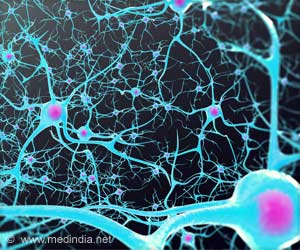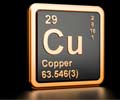Copper isotopes can detect the presence of beta-amyloid plaques in the brains of Alzheimer’s disease (AD).

‘Copper isotopes can detect the presence of beta-amyloid plaques in the brains of Alzheimer’s disease (AD). These agents last much longer than conventional isotopes of PET scanners, thereby offering a better diagnosis of the disease.’





Generally, PET scanners utilize carbon or fluorine isotopes for approved use in humans. Nevertheless, the researchers conducted a preclinical study in the mouse model of Alzheimer's disease to demonstrate that the copper isotope – Cu-64 can last much longer than the conventional isotopes. This allows benefits to the patients living far from the medical centers. Copper agents in Brain:
For any agents to enter the brain, it requires a smaller size and ability to cross the Blood-Brain Barrier (BBB) – a selectively permeable border that allows only particular molecules to enter the brain. The use of copper compounds in the diagnosis of AD among living patients had its complications, one of them being the agents' low affinity for amyloid deposits.
The copper agents have two ends – the amyloid-binding fragment and the copper-binding region, the latter interfering with the former binding regions. However, these shortcomings were overcome by the researchers, that enhanced the ability of the isotopes to cross the blood-brain barrier.
"If we do live PET imaging of mice with and without Alzheimer's disease pathologies, we see a statistically significant difference in signal intensity", said Liviu Mirica, a chemistry professor who led the new study. Further researches are required to enhance the compound’s properties and it promises a viable, longer-lasting alternative to current diagnostic agents.
Advertisement












